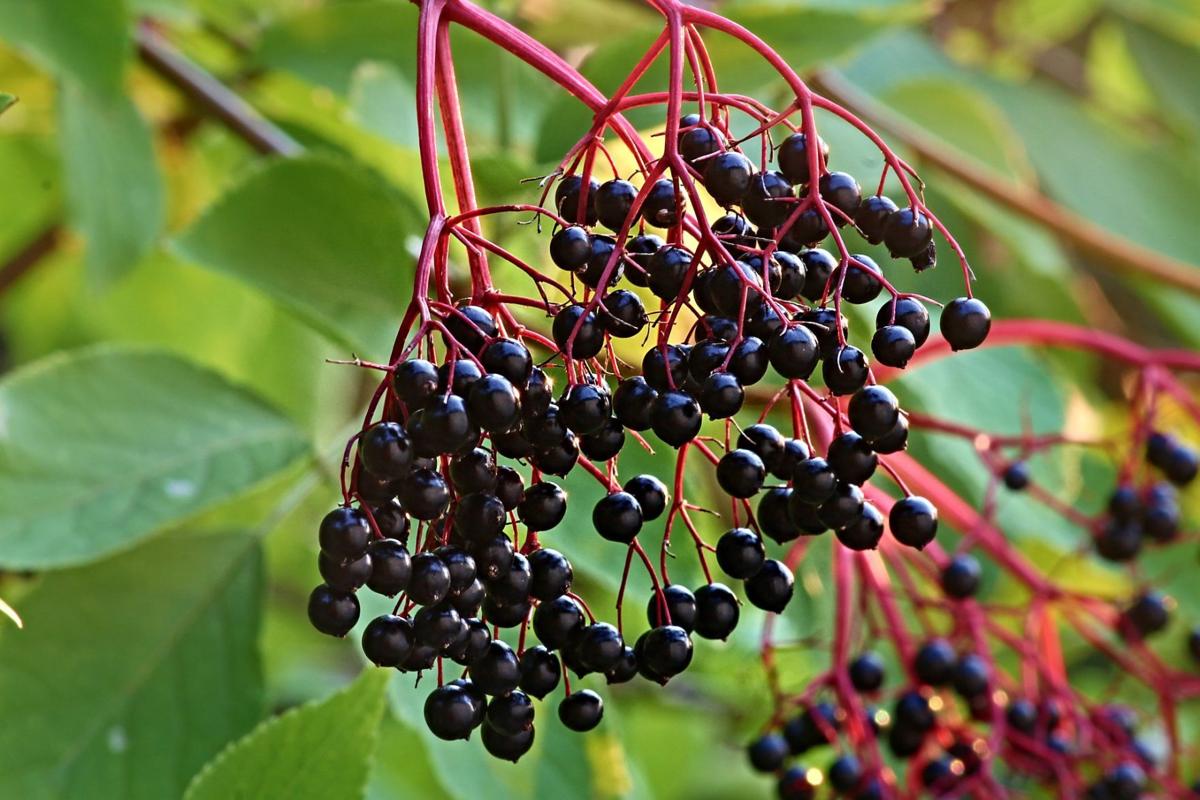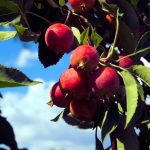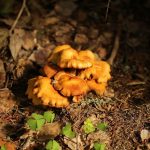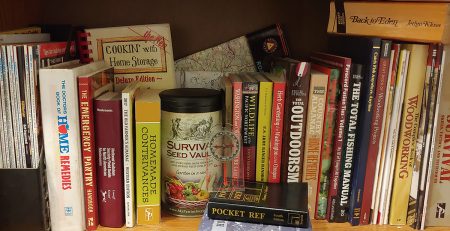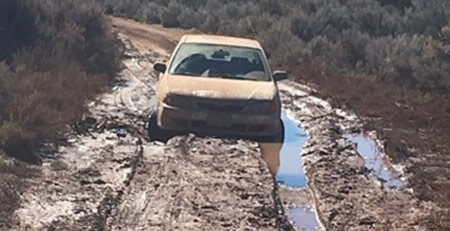Fall Foraging in Douglas County: tips, tricks and tools
Hawthorn berries are turning red and apples are falling to the ground. City dwellers and country lovers are feeling the cooler air as harvest season hits its peak and canning season kicks into high gear.
While more domesticated nature produces its cornucopia of ripe delights, the more wild areas of Douglas County also have something to offer for the more adventurous forager. Try a few of these seasonal delights and you will call yourself blessed to live in southern Oregon.
Finding a good crop may take someone who knows the area well. Make sure to be respectful and take only what you can use; leave some behind for others and for Mother Nature to replenish next year.
Elderberries — Dark purple-blue elderberries are in season from late August to late September (you just have to make sure to get to them before the birds do!). Elderberry bushes are found along roadsides, in clear cuts and along streams and rivers. Native Americans prized them for their medicinal value, and science is validating their worth as an immune booster and flu fighter.
A few generations ago, elderberries were so common they were known as “ditch weeds” and the juice was frequently made into jam, mead and wine. They seemed to be forgotten for some time, but they are making a comeback in households who prize the syrups and tinctures as a holistic, delicious medicine — they can even be made into kid-friendly gummies!
Elderberries are cooked and strained, and the resulting juice combined with cinnamon, cloves and honey for a wonderful syrup that children love and may just help keep them well. Note that the leaves, stems and raw berries are mildly toxic, so the berries should be carefully stemmed and at least lightly cooked before being consumed.
Dandelions — Yellow dandelions that pop up on lawns in springtime make another appearance in the fall, before first frost.
The leaves can be sautéed in olive oil and sprinkled with salt like spinach, or made into a pesto. The yellow blossoms can be picked and soaked in a jar of oil, then melted with beeswax (use a double burner) to make a skin-soothing salve. The root is best harvested in the fall and can be used to make a coffee substitute, or made into a tea or tincture.
The whole plant is very cleansing and is known to be health-promoting, especially to the liver. To harvest the leaves, simply grab a good pair of gloves and twist. For the roots, you will need a garden shovel or Hori Hori knife.
Crabapples — Wild crabapples are found on roadsides and in fields. They can be made into jellies, jams, pies and butters, just like their domesticated counterparts. Most people find them too sour to eat raw, but when processed, they are quite delicious.
Their high pectin and acid content makes them ideal for setting jelly, and pretty ruby colored mason jars make great Christmas gifts! To forage, bring a canvas bag and make sure you process within one to two days. Use a paring knife to core.
Mushrooms — Chanterelle mushrooms are popular in Oregon and they usually pop up after a refreshing bout of rain. My sources tell me that the early rains this year have created the best season in a decade. Chanterelle season ends with the first freeze, but other edible mushrooms can be found year round in the area, if you know where to look.
Warm them up with butter, garlic and thyme and you have the perfect taste of the forest that pairs wonderfully with a local Pinot Noir. Other edible mushrooms include chicken of the woods, oyster mushrooms and shaggy mane mushrooms. Bring a sharp knife to cut them at the base, a paint brush to wipe off any dirt and a cloth bag or basket to put them in (something that breathes).
Chanterelles live in mycorrhizal association with certain species, so here is what to keep an eye out for: Douglas firs that are 30–40 years old, with an open understory; huckleberry, salal, swordfern and Oregon grape and vine maple. If you find a windfall, don’t be stingy. Whip them up for a gourmet meal and you will be someone’s new best friend!
Every good forager needs good tools. The next time you go hunting for wild delights, pack these in your sack. All available at local stores, such as Umpqua Survival:
- Map and compass (be sure you know how to use them)
- Gloves (to save your hands from thorn pricks)
- First aid kit (including EpiPen if allergic to bees)
- Bear spray, air horn, bear bell or some type of firearm
- Quality knife (Tops, Gerber, Kershaw, Benchmade, etc.)
- Backpacking stove, cast iron skillet and cooking oil (if cooking in the woods)
If you are foraging in the wilderness, follow these for added safety:
- Ensure you notify someone of where you plan to be and when you should be returning
- Carry supplies in your vehicle for just in case you run into problems and have to stay put for one to three nights
- Bring extra water!
With a little bit of preparation, a good foraging trip can be a satisfying way to taste the local terroir, eat seasonally and save money.
Many foragers keep their favorite spots a secret, so it may be a challenge finding fruitful places at first. But get out of your comfort zone and into the bramble-covered edges of civilization … it’s good for the belly and the soul.
For more great tips and recipes, check out GrowForageCookFerment.com.
Thank you to Carlos Ortegon, manager of Umpqua Survival and Jared Jorgensen, all-around mountain man, for their help with this article.
http://www.nrtoday.com/life/tasty_tuesday/fall-foraging-in-douglas-county-tips-tricks-and-tools/article_61659429-29f5-5d36-ba98-7ed9fd41fcb8.html


